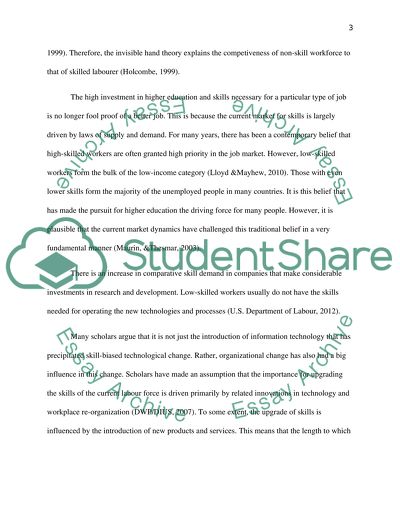Cite this document
(“High skilled or educated workers may face more difficulties in getting Essay”, n.d.)
High skilled or educated workers may face more difficulties in getting Essay. Retrieved from https://studentshare.org/macro-microeconomics/1670152-high-skilled-or-educated-workers-may-face-more-difficulties-in-getting-employed-compared-to-low-skilled-or-educated-workers
High skilled or educated workers may face more difficulties in getting Essay. Retrieved from https://studentshare.org/macro-microeconomics/1670152-high-skilled-or-educated-workers-may-face-more-difficulties-in-getting-employed-compared-to-low-skilled-or-educated-workers
(High Skilled or Educated Workers May Face More Difficulties in Getting Essay)
High Skilled or Educated Workers May Face More Difficulties in Getting Essay. https://studentshare.org/macro-microeconomics/1670152-high-skilled-or-educated-workers-may-face-more-difficulties-in-getting-employed-compared-to-low-skilled-or-educated-workers.
High Skilled or Educated Workers May Face More Difficulties in Getting Essay. https://studentshare.org/macro-microeconomics/1670152-high-skilled-or-educated-workers-may-face-more-difficulties-in-getting-employed-compared-to-low-skilled-or-educated-workers.
“High Skilled or Educated Workers May Face More Difficulties in Getting Essay”, n.d. https://studentshare.org/macro-microeconomics/1670152-high-skilled-or-educated-workers-may-face-more-difficulties-in-getting-employed-compared-to-low-skilled-or-educated-workers.


